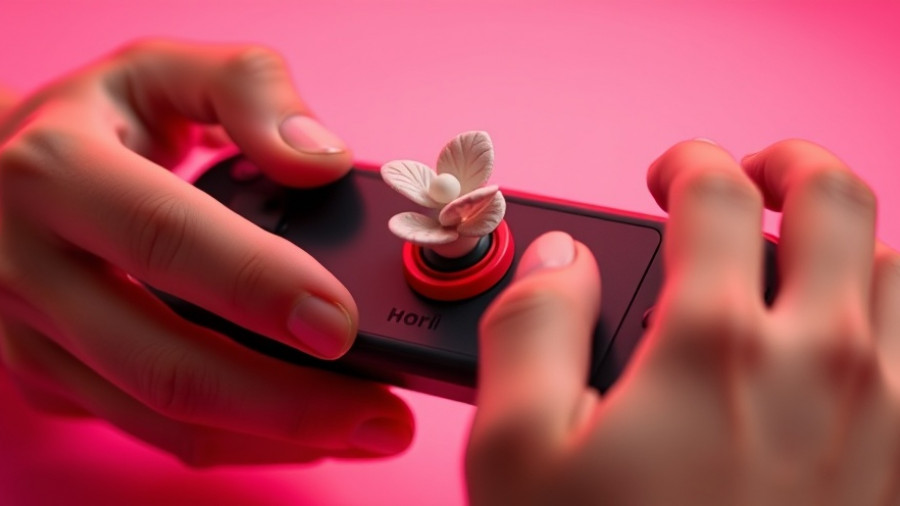
Why Google’s Fashionable Smart Glasses Could Redefine Wearable Tech
Google’s recent partnership with renowned eyewear brands Warby Parker and Gentle Monster has ignited buzz about the future of smart glasses, offering a refreshing perspective on how wearable technology could seamlessly integrate into our lives. At its latest Google I/O event, the tech giant didn't just unveil AI-driven smart glasses—essentially a nod to the earlier Google Glass experiment—but signaled a clear intent to blend functionality with fashion. Unlike its predecessor, which faced backlash for both privacy concerns and its rather unappealing design, the new iteration strives to transform the image of smart glasses into a sought-after accessory.
Lessons Learned from Google Glass: The Importance of Style
The ghost of Google Glass still lingers—a perpetually uncomfortable reminder of the public’s mixed feelings when it comes to technology that is physically worn. Past attempts to introduce smart glasses resulted in widespread skepticism due to their functionality and aesthetics. However, with industry experts, including Sameer Samat from Google’s Android Ecosystem, emphasizing collaboration with fashion-focused brands, the new approach showcases significant growth. Samat elaborated, “Warby Parker is an incredible brand...We’re thrilled to be partnered with them.” This shows an understanding that adaptability in design is vital, as lightweight and stylish frames could lead to wider acceptance among consumers.
The New Philosophy of Wearables: Beyond Functionality
The overarching philosophy behind this fresh wave of smart glasses is clear: wearables should not only serve a purpose but should also enhance the wearer's style. In a world already inundated with wearable technology like smartwatches and fitness trackers, the market is poised for products that don’t just echo practical utility, but align with users’ personal aesthetics. The integration of augmented reality (AR) features in eyewear is an exciting proposition, but what consumers desire is an experience that complements their appearance, rather than drawing negative attention.
Smart Glasses: Competing in a Saturated Market
As smart glasses move closer to our reality, they face competition from various products on the market, like the Humane AI Pin and Rabbit R1. While those devices aim to merge new technologies with real-world usability, their designs may not naturally fit into everyday attire. This is where Google’s partnership with Warby Parker and Gentle Monster presents a promising advantage. By allowing designers who specialize in fashion to influence the tech, Google can successfully market smart glasses as both functional and trendy—an all-in-one solution that might sway even the skeptics.
Predicting the Future: Fashion Meets Tech
The potential for smart glasses to blend into everyday fashion speaks volumes about how the future of technology may look. With a demographic focused on both functionality and aesthetics, brands like Warby Parker have already conquered the eyewear world by offering stylish, affordable options. Google’s strategic move may just herald a new era for augmented reality, where enjoying immersive experiences comes without sacrificing a stylish identity.
It will be fascinating to see how Google leverages these partnerships in shaping consumer preferences. If the result is attractive smart glasses at an accessible price point, we might witness widespread adoption. As technology continues to evolve, the line between functional and fashionable has never been more blurred. Perhaps smart glasses will soon join the ranks of must-have accessories, successfully merging tech with style.
 Add Row
Add Row  Add
Add 




Write A Comment